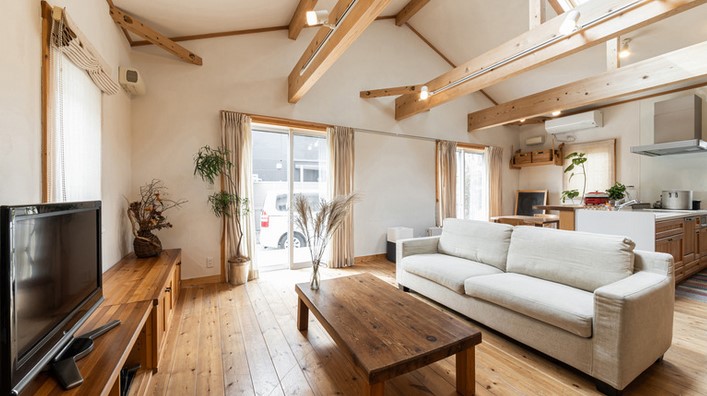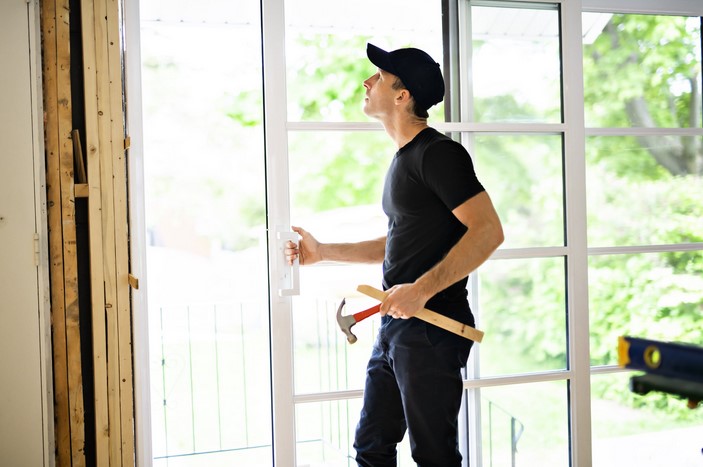
When it comes to interior design, most people focus on walls, floors, and furniture, but the ceiling often gets overlooked. However, the ceiling is a critical aspect of a room’s overall aesthetic, and choosing the right ceiling texture options can make a dramatic difference in how a space feels. Whether you want to create a cozy ambiance, add elegance, or introduce modern flair, textured ceilings can provide that extra layer of character and depth. In this article, we will explore the various ceiling texture options available to help elevate the look of your rooms, along with considerations for choosing the right style to suit your home.
Popular Ceiling Texture Options and Their Benefits
Ceiling textures come in a variety of styles, each offering unique benefits and visual effects. The texture you choose will depend on your home’s style, the mood you want to create, and the functionality of the room. Below are some of the most popular ceiling texture options and the effects they bring.
1. Knockdown Texture
Knockdown texture is a popular choice for modern homes and is often used in living rooms, bedrooms, and hallways. This texture involves spraying joint compound on the ceiling and then using a drywall knife to flatten the material, creating a soft, subtle, and slightly rough finish. Knockdown texture is a refined version of the more pronounced “popcorn” texture and provides a more contemporary and sleek look.
Benefits of Knockdown Texture:
- Easy Maintenance: The surface is easy to clean and does not attract as much dust and dirt as more intricate textures.
- Subtle Elegance: It adds just enough texture to make a statement without overwhelming the room.
- Hides Imperfections: The texture can mask minor ceiling imperfections such as cracks or dents.
This style works well in nearly every room and adds a modern yet timeless quality to spaces.
2. Cottage or Skip-Trowel Texture
For those who enjoy rustic or Mediterranean-inspired interiors, the skip-trowel texture is an excellent option. This technique involves applying a thin layer of joint compound to the ceiling using a trowel, then scraping away random areas to create an uneven, textured finish. The result is a sophisticated, hand-applied appearance with subtle curves and lines that can evoke warmth and charm.
Benefits of Skip-Trowel Texture:
- Warm, Traditional Feel: It creates a welcoming and cozy atmosphere perfect for bedrooms, living rooms, and kitchens.
- Versatility: It works well with a variety of design styles, including cottage, farmhouse, or even Spanish Mediterranean.
- Customizable: The texture can be tailored to your preferred level of depth, giving you flexibility in the design.
If you’re looking to add a touch of rustic elegance to your space, skip-trowel texture is a wonderful option.
3. Popcorn Ceiling (Acoustic Texture)
Once considered a standard in mid-century homes, popcorn ceilings (also known as acoustic ceilings) are still present in many older properties. This texture is applied by spraying a mixture of joint compound and other materials onto the ceiling to create a bumpy, lumpy surface. It was originally popular for its ability to dampen sound and hide imperfections.
Benefits of Popcorn Ceiling:
- Sound Dampening: Its texture helps absorb sound, making it ideal for bedrooms or media rooms where quiet is important.
- Conceals Imperfections: It can effectively cover up cracks, stains, or other imperfections in older ceilings.
- Cost-Effective: This is one of the more affordable ceiling texture options available.
While popcorn ceilings were once popular, they are now considered dated in many homes, and many homeowners choose to remove them for a more modern look.
4. Smooth Ceiling
If you prefer a clean, minimalist aesthetic, a smooth ceiling may be the ideal option. This texture involves sanding and finishing the drywall until it is perfectly flat, creating a sleek and contemporary look. Smooth ceilings are commonly found in modern and upscale homes and are often chosen for their understated elegance and ability to match various design styles.
Benefits of Smooth Ceilings:
- Timeless and Elegant: The smooth surface provides a simple, clean backdrop for any room.
- Easy to Paint: A smooth ceiling is easy to paint and maintain, offering a flawless finish.
- Versatility: It works well with a variety of design styles, from industrial to traditional to contemporary.
While smooth ceilings are a favorite for modern homes, they may require more maintenance than textured ceilings due to the visibility of imperfections.
5. Stucco Ceiling Texture
Stucco texture, also known as a slap brush or Spanish lace, involves using a brush or a sponge to create an uneven, textured surface. This technique is often used in homes with a Southwestern or Mediterranean style. Stucco texture can be applied in varying levels of intensity, from a light stippling effect to a more pronounced, bold finish.
Benefits of Stucco Texture:
- Bold Visual Impact: The texture creates a dramatic and artistic look that can become the focal point of a room.
- Rustic Appeal: Ideal for adding a rustic or Mediterranean charm to spaces such as living rooms, patios, or entryways.
- Durability: The thick finish can withstand wear and tear, making it suitable for high-traffic areas.
Stucco ceilings are ideal for creating a more rustic, earthy atmosphere, but they require more maintenance than smoother surfaces.
How to Choose the Right Ceiling Texture for Your Home
When selecting ceiling texture options for your space, there are several factors to consider to ensure that the texture complements the overall aesthetic of the room. Here are a few things to keep in mind:
1. Room Style and Functionality
- If you’re working with a formal dining room or living room, you may prefer a more subtle texture like skip-trowel or knockdown, which adds character without overpowering the space.
- For a cozy, intimate setting like a bedroom, you might opt for a smooth or skip-trowel texture to evoke warmth and tranquility.
- In high-traffic areas like hallways or kitchens, a texture that hides imperfections, like popcorn or stucco, might be a good choice.
2. Ceiling Height
- Higher ceilings often benefit from textures that add depth and visual interest, while lower ceilings may look more expansive and airy with smooth finishes or light knockdown textures.
3. Maintenance Considerations
- Some textures require more maintenance than others. For example, smooth ceilings may show dust or stains more easily, while textured ceilings like popcorn or knockdown may require less upkeep.
Ceiling texture options provide a unique opportunity to enhance the overall design of a room and add personality to your home. Whether you’re looking for something subtle like knockdown texture or something more dramatic like stucco, there is a ceiling texture to suit every style and preference. By considering factors such as room functionality, aesthetic goals, and maintenance, you can choose the right ceiling texture that not only adds character but also improves the overall ambiance of your space. With the right ceiling texture options, you can transform any room into a more inviting and visually appealing environment.
